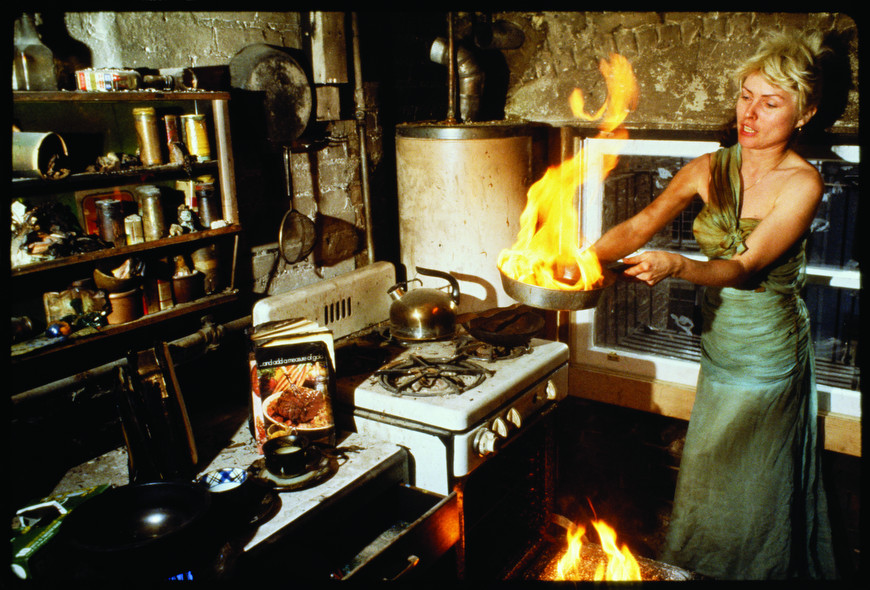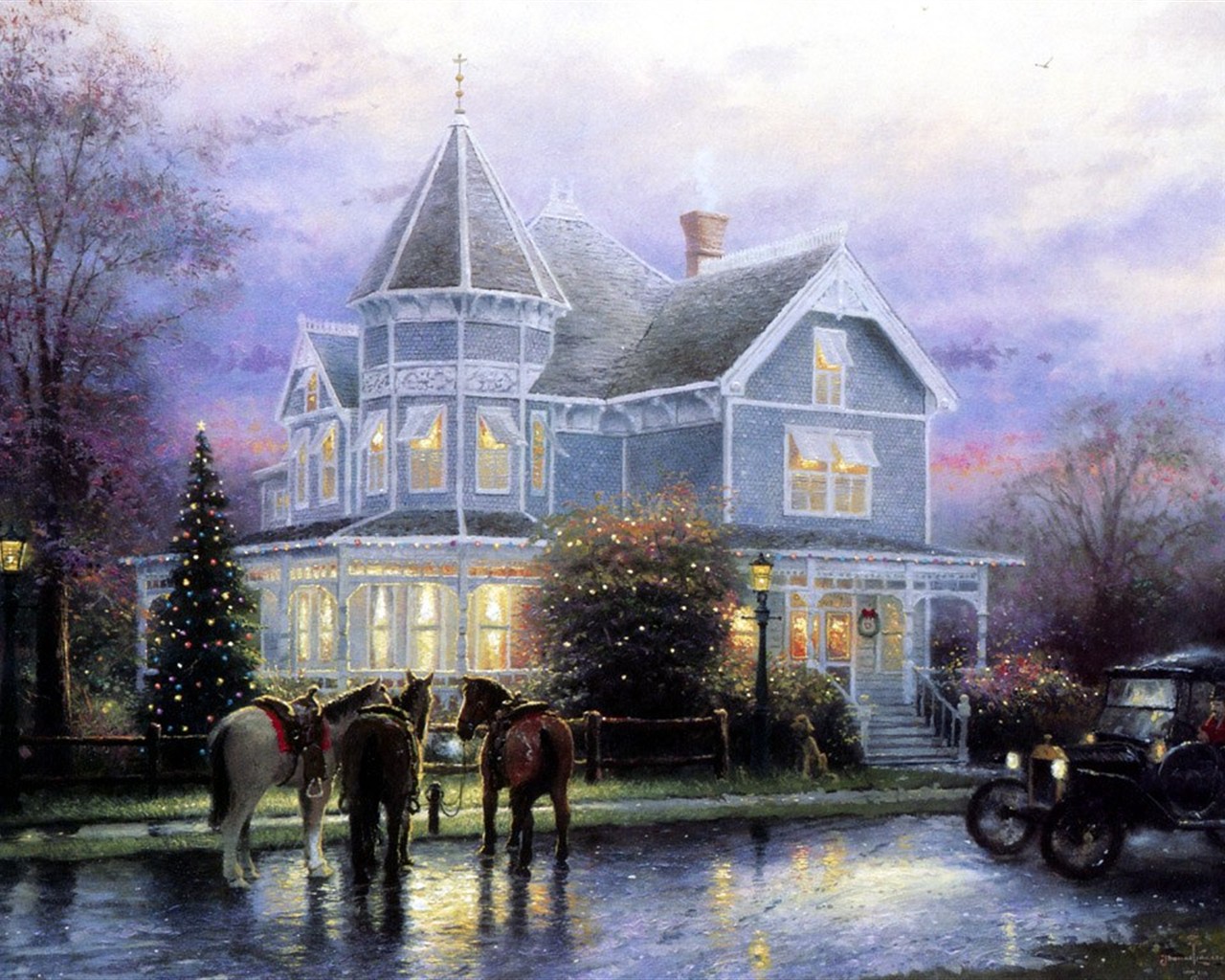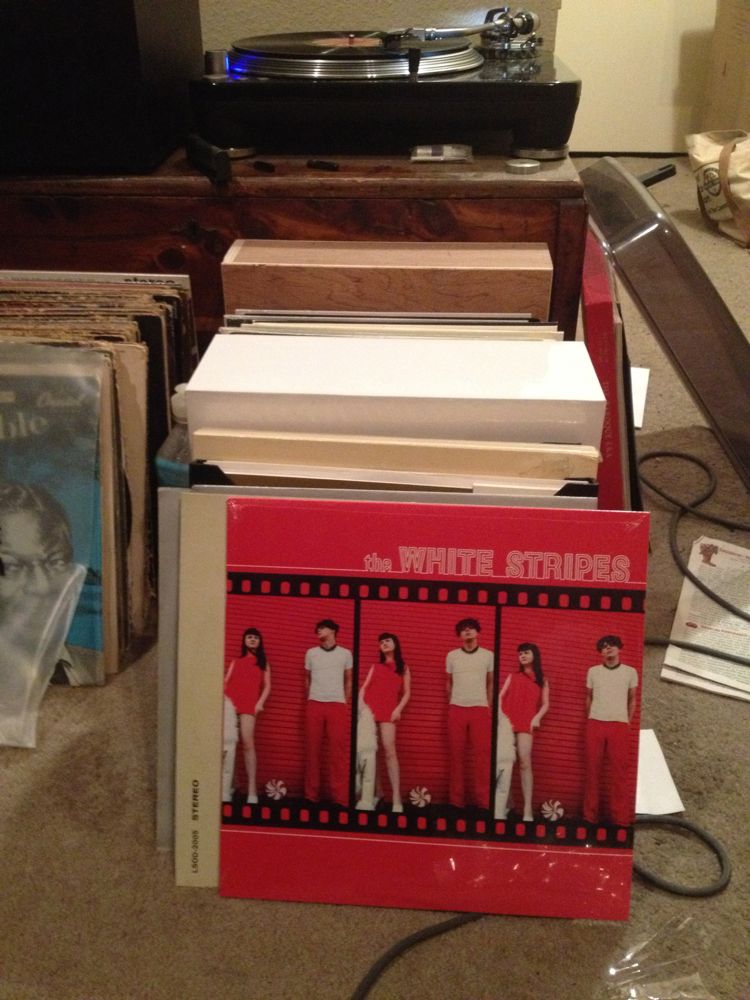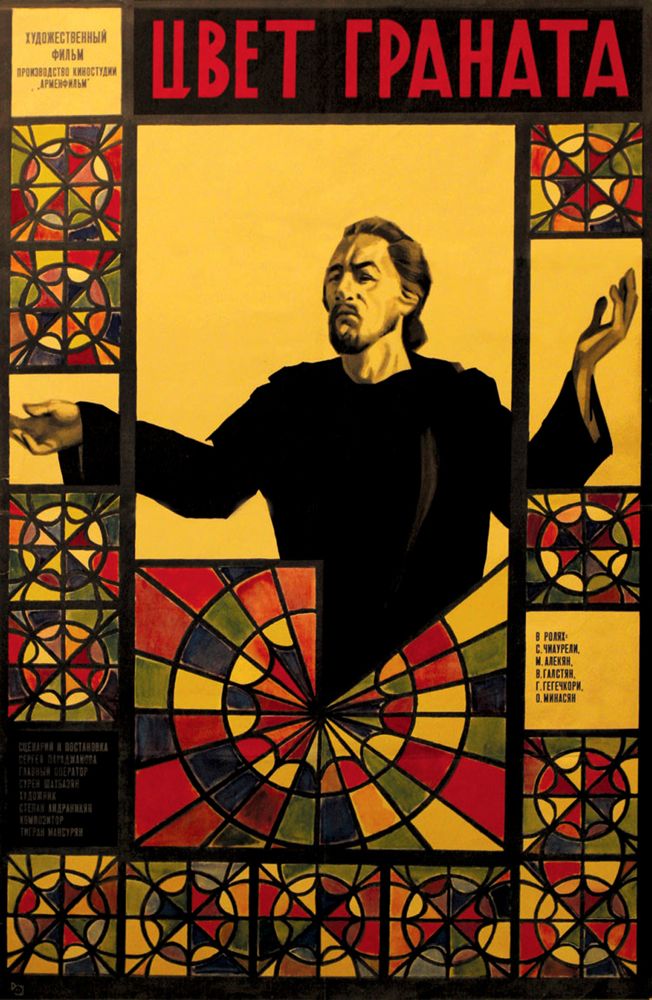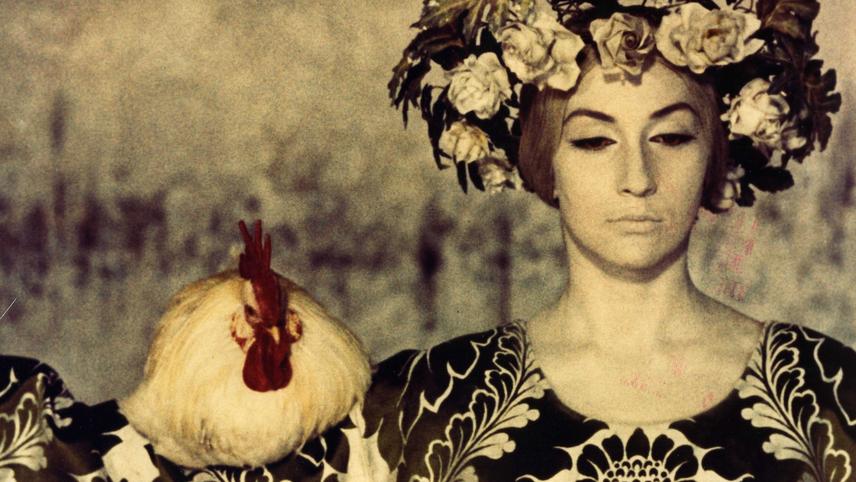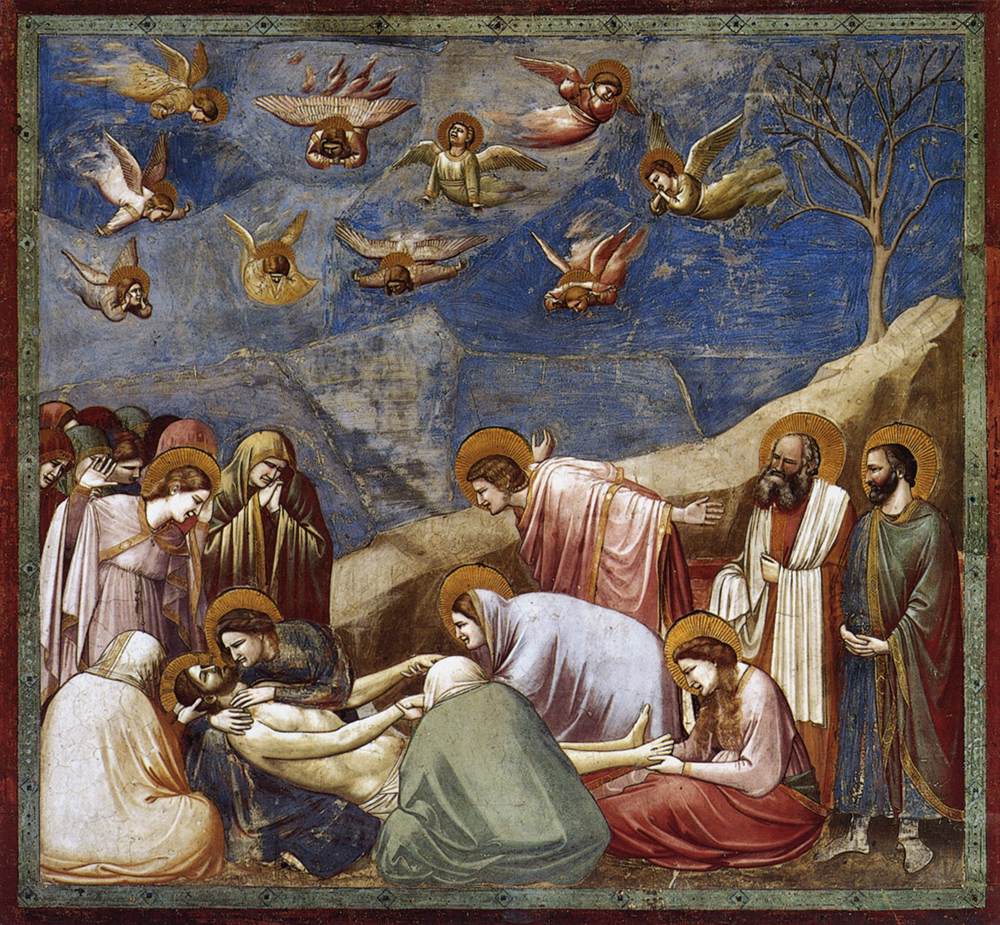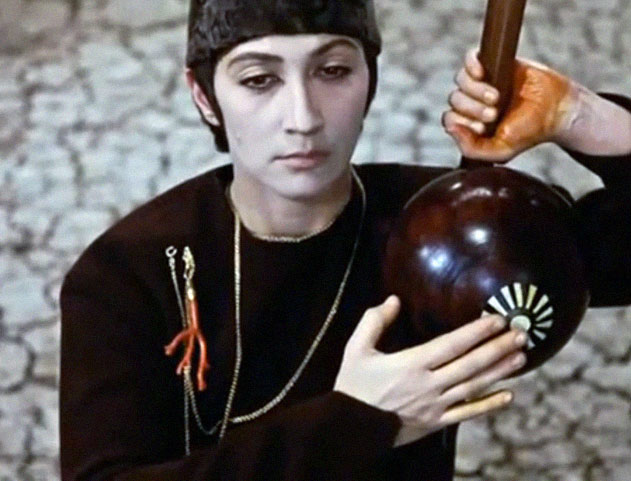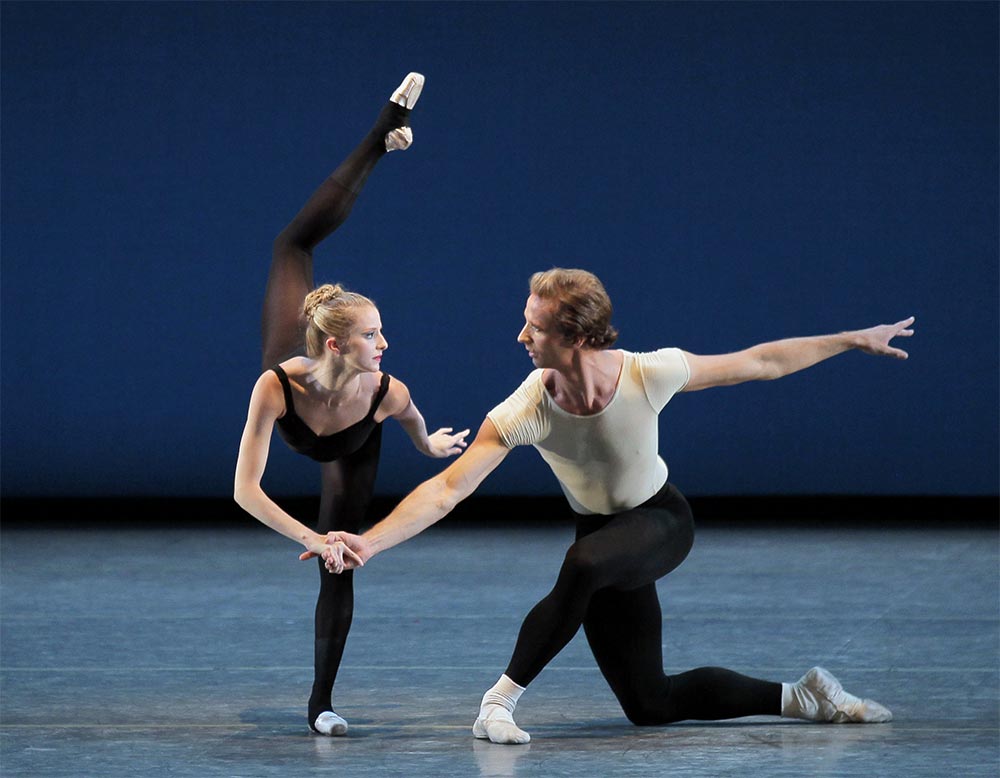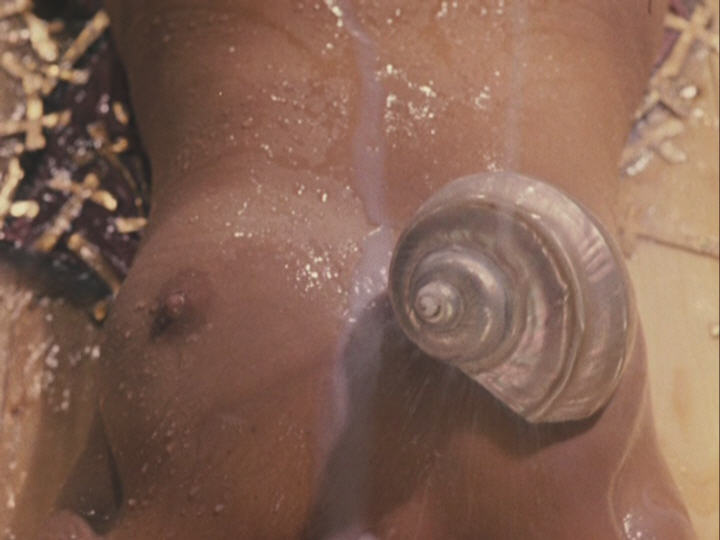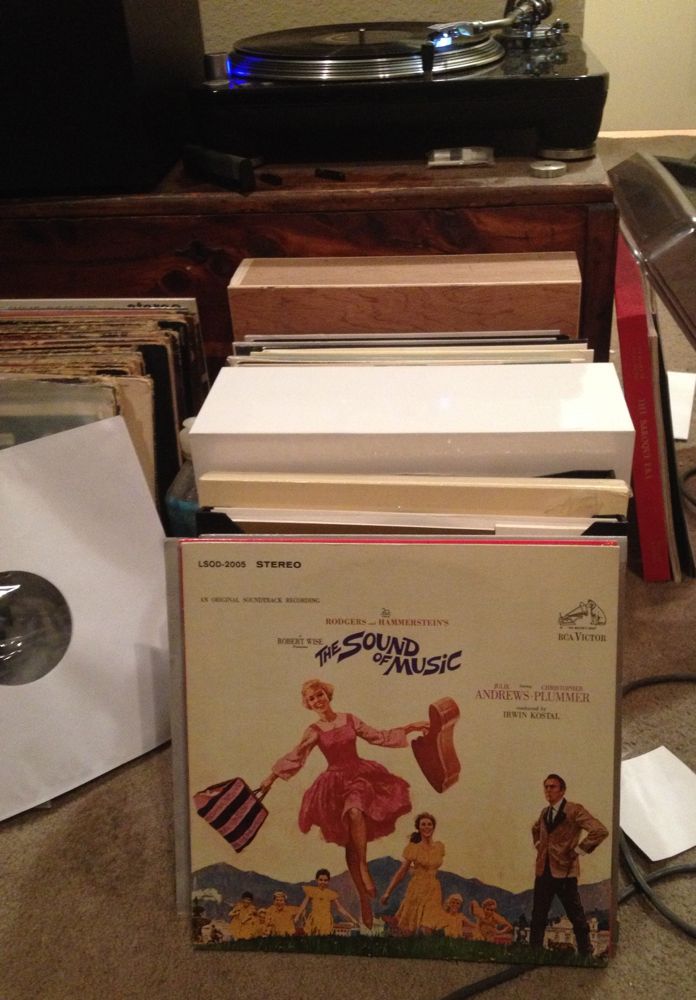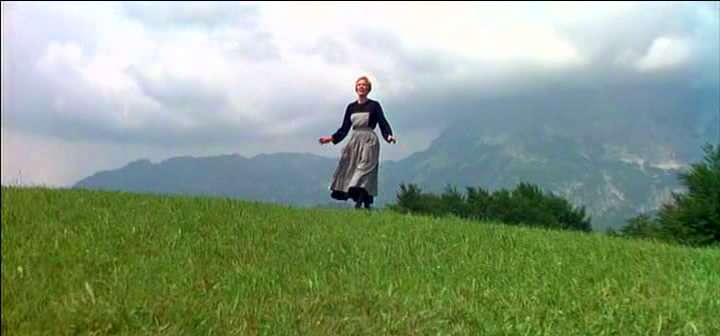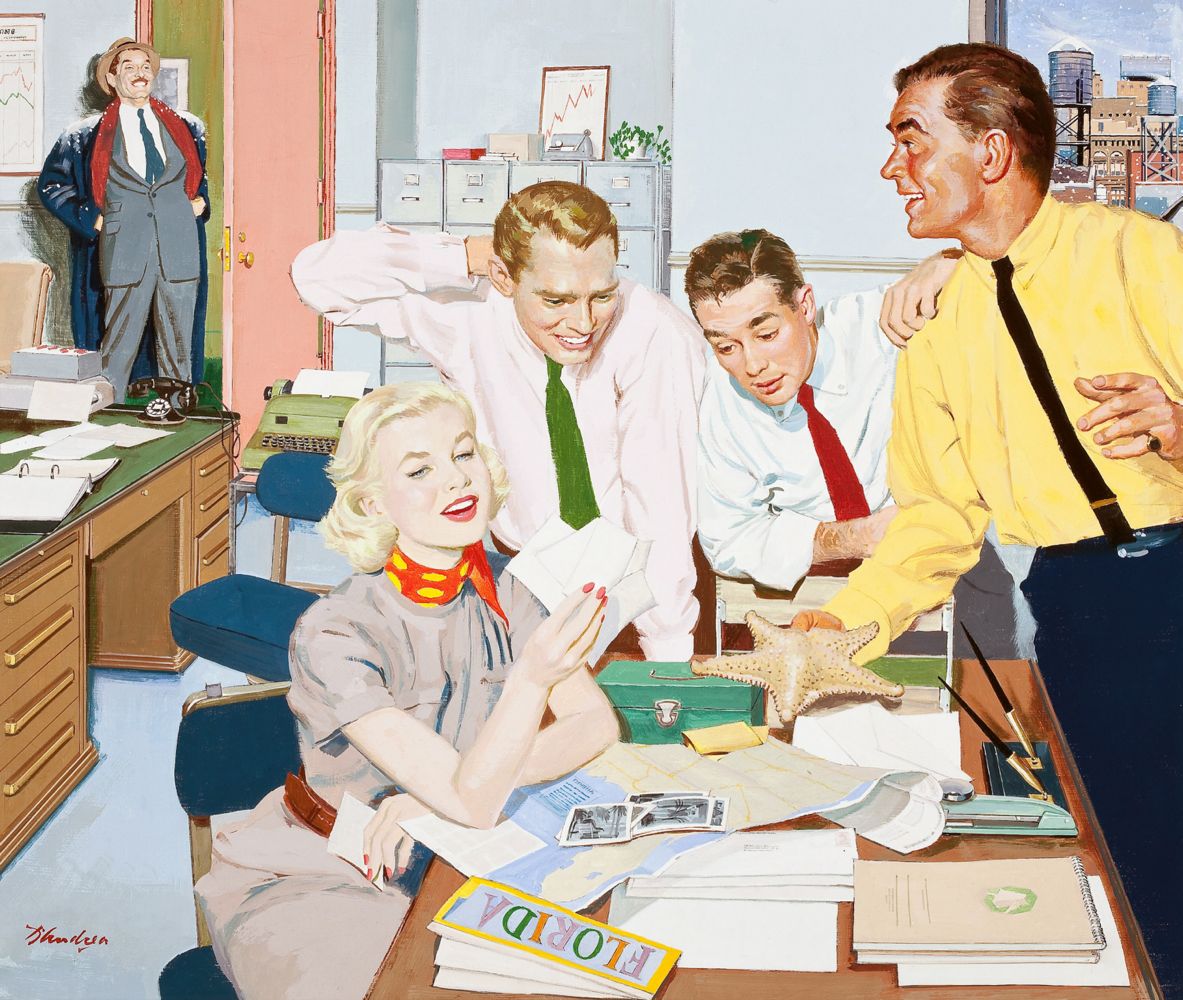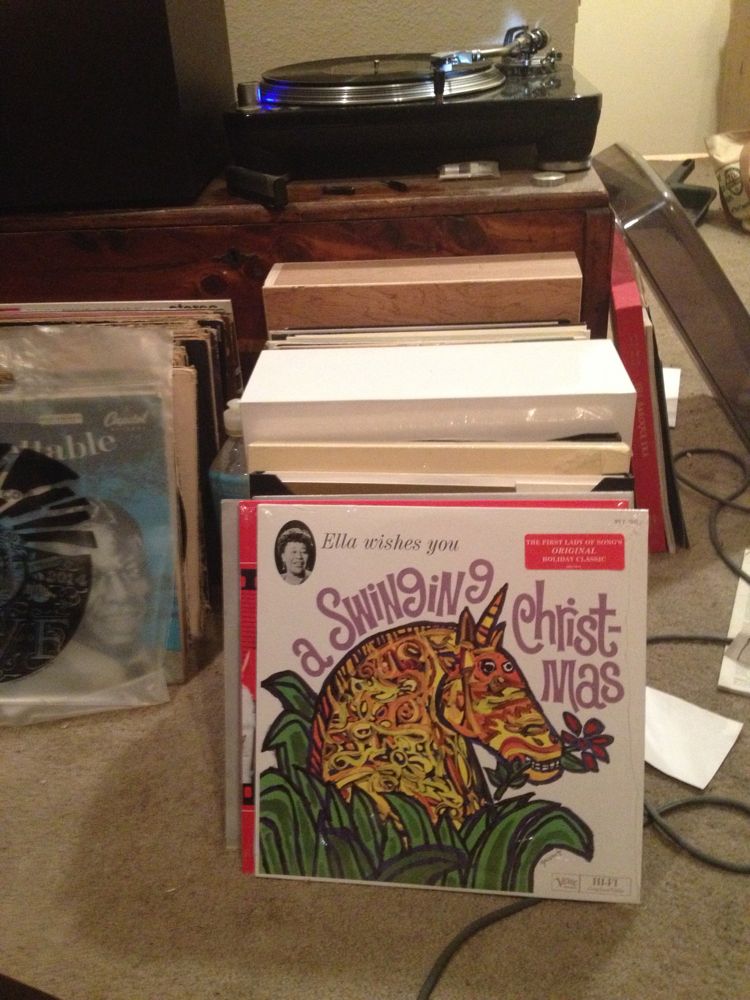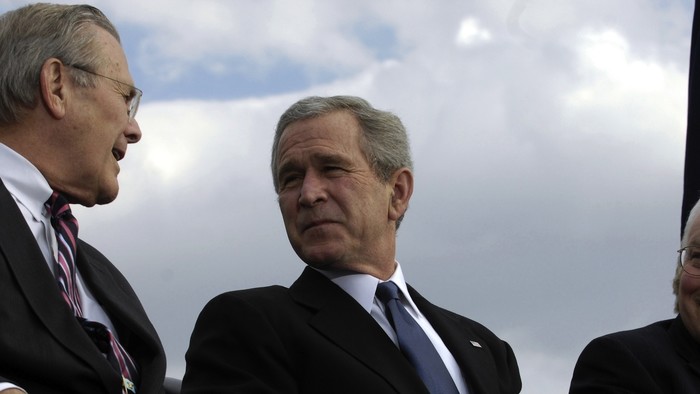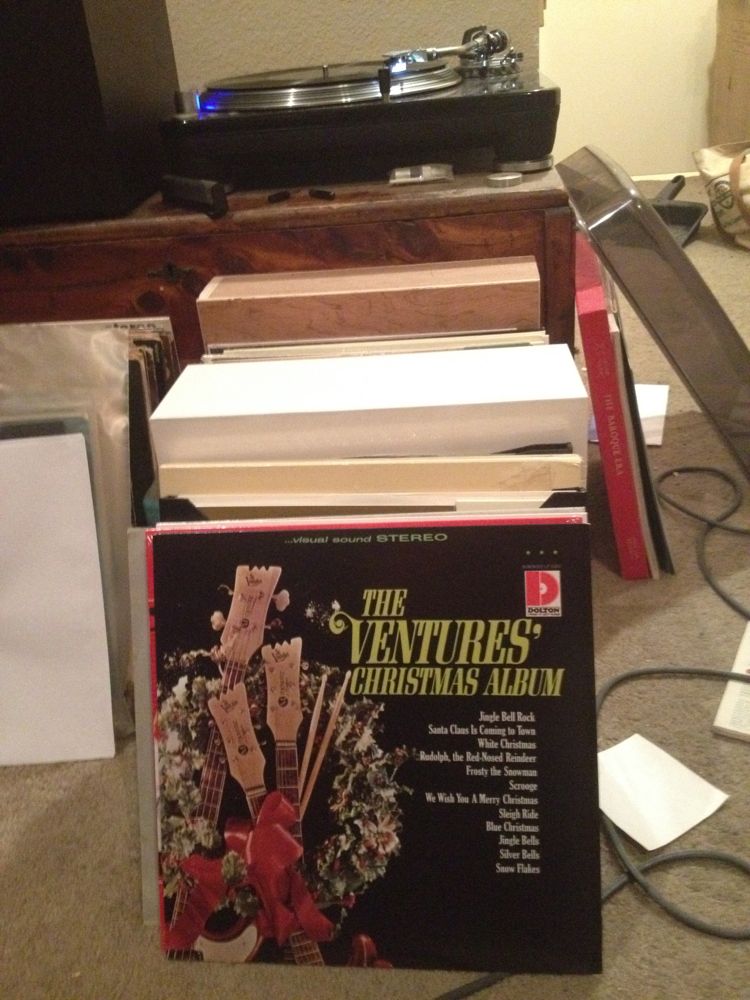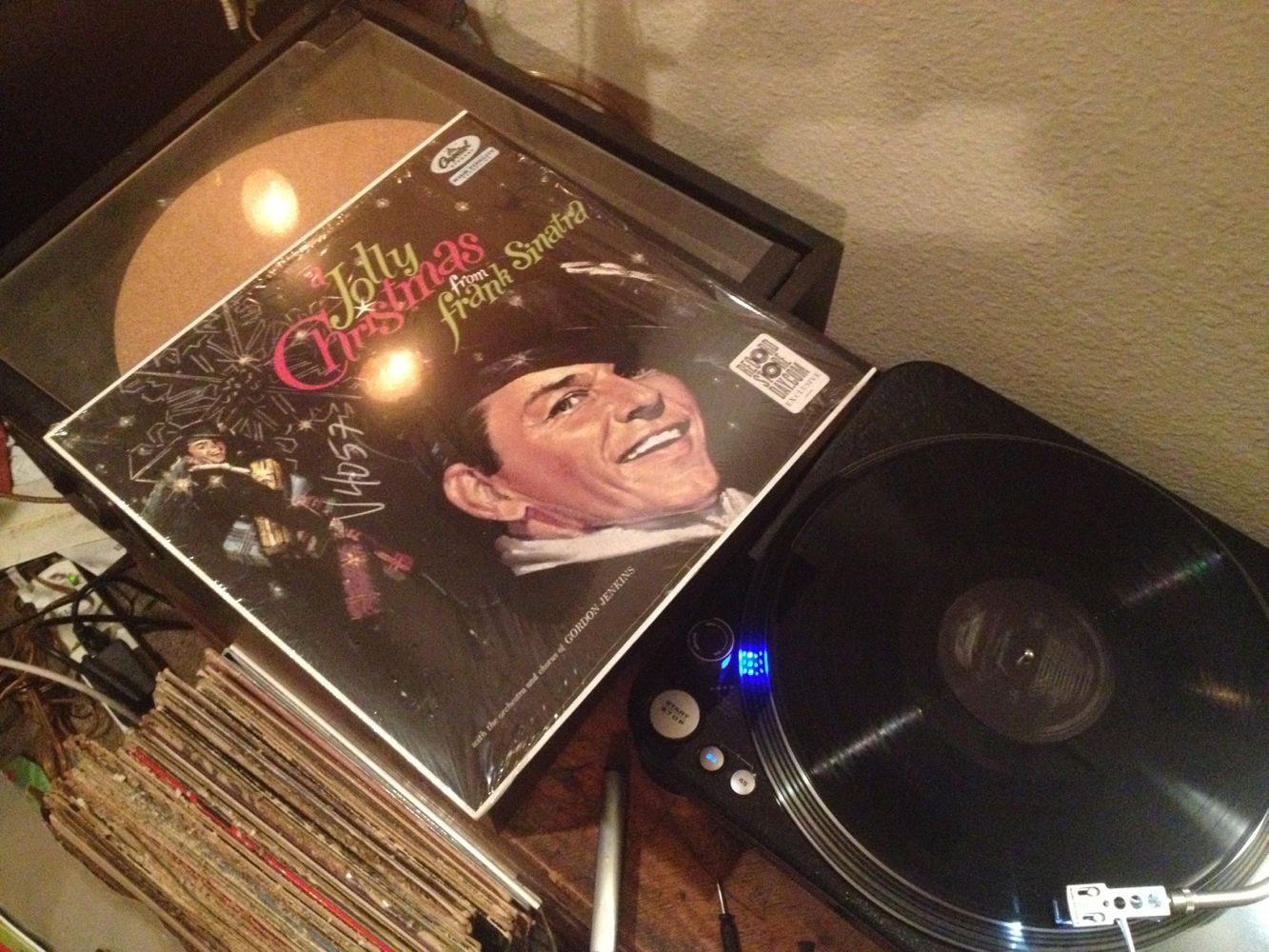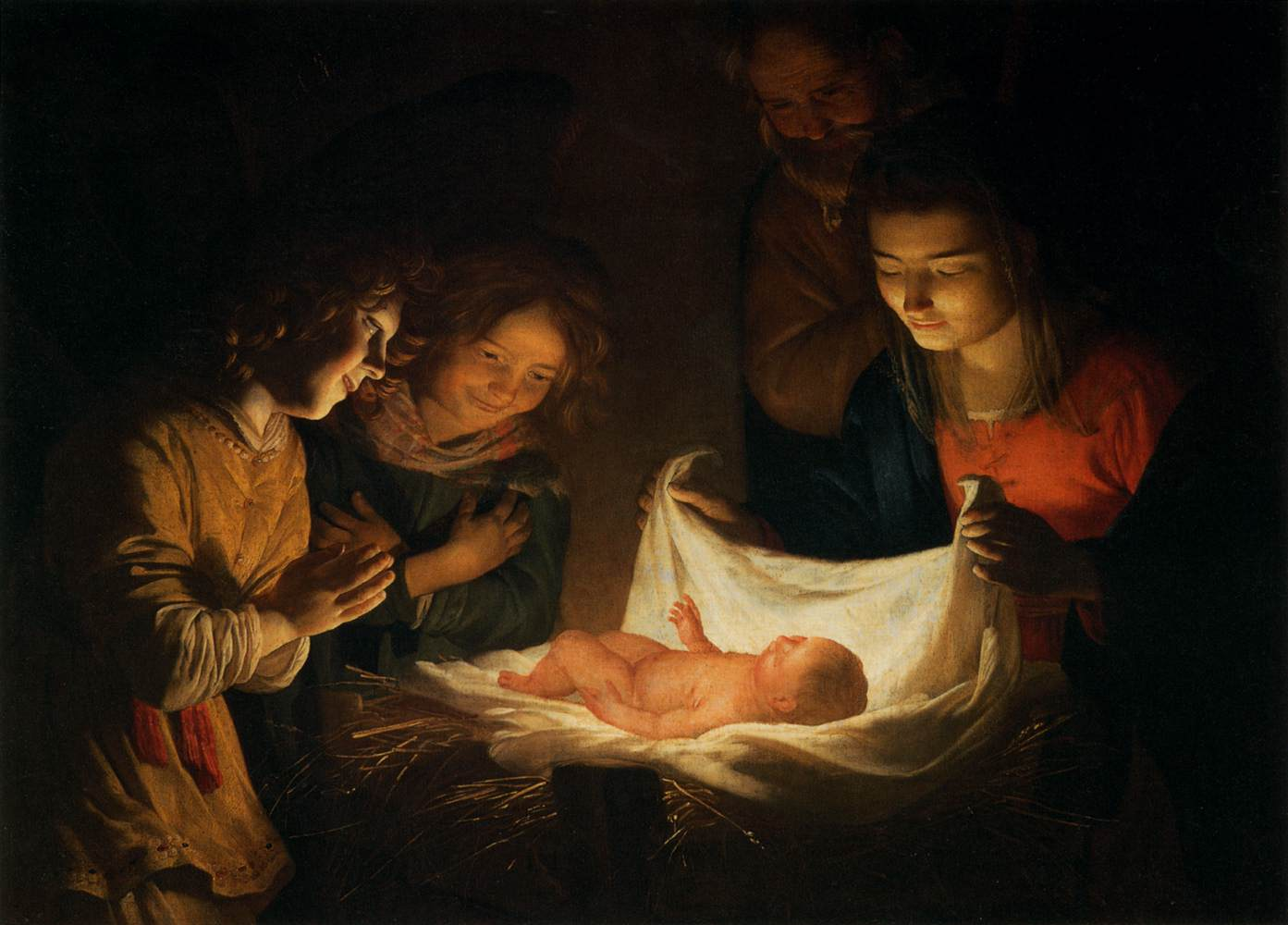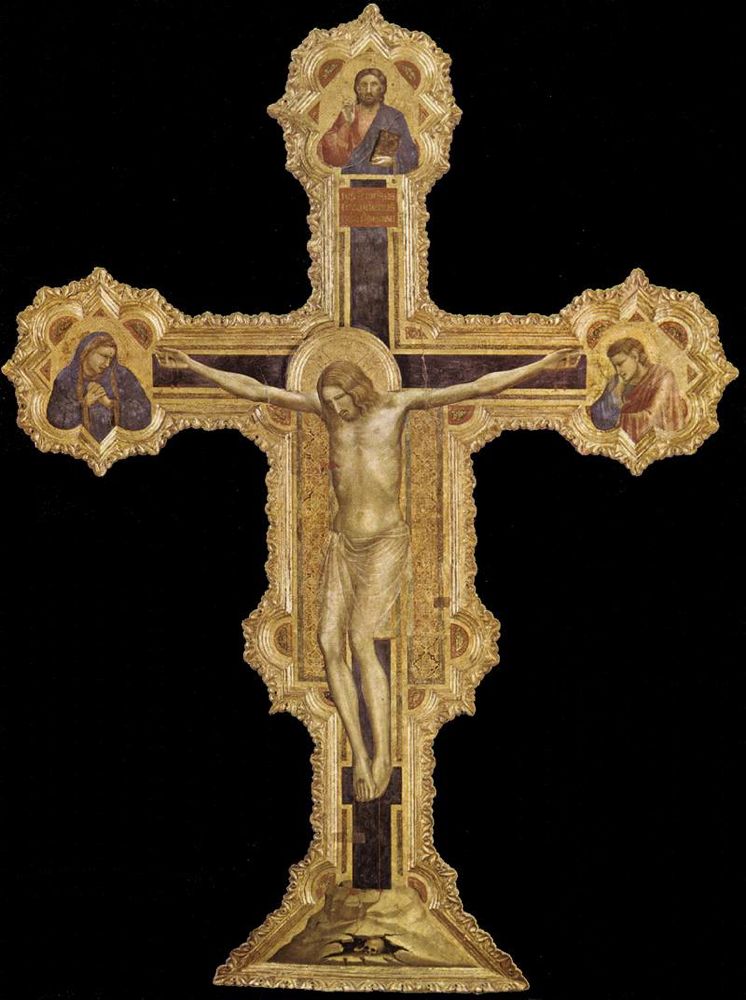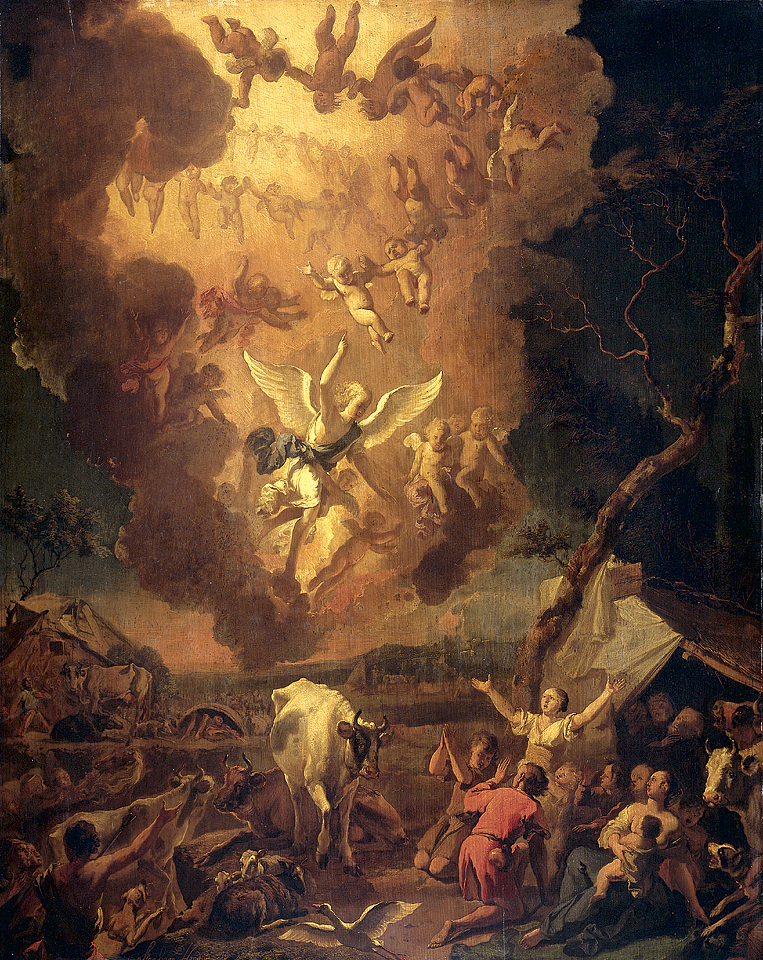Monthly Archives: December 2014
DEBBIE HARRY MAKES DINNER
A THOMAS KINKADE FOR TODAY
WHAT I’M SPINNING NOW
THE COLOR OF POMEGRANATES
This movie, by Sergei Parajanov, is an avalanche of beautiful and astonishing images. What they signify individually or add up to collectively is not so clear, but maybe not important, either.
They are so wonderfully and imaginatively composed and lit that they have the authority of brilliant paintings — but they also integrate elegant, stylized movement, which imbues them with the authority of brilliant ballets.
The film seems to point the way towards, and sometimes realize, a radically new vision of cinematic practice. Many avant-garde films have been purely imagistic, conceptually speaking, but few have consistently created images as finished and powerful as those in this film. You forget the concept and get lost in the individual shots.
The images are hard to analyze. They sometimes have the static gravity of religious icons, sometimes the spooky eccentricity of de Chirico’s dreamscapes, sometimes the simple grandeur of Giotto’s frescos. They are unclassifiable but oddly familiar within the traditions of Western art.
The film claims to be the biography of a poet told in the terms of the poet’s imagination, the poet’s imagery. This is not a persuasive claim. No poet sees or experiences his or her whole life in poetic terms, no one can sum up the life of a poet in purely poetic terms. By rights the movie ought to be either a poetic biography or a biographical poem, but it is neither. It’s really just an excuse to make beautiful and astonishing images.
[Photo © Paul Kolnik]
George Balanchine claimed that he never made abstract, non-narrative ballets. He said, “A boy meets a girl, he loses the girl, he gets the girl back. How much story do you want?” The Color Of Pomegranates has even less story than that — it’s just a progression from childhood to maturity to death. But how much story do you want?
(Curiously, both Balanchine and Parajanov were born in Tbilisi, Georgia, though of different ethnic backgrounds.)
The miracle of the film is that it rivets your attention in the absence of a driving narrative — just by virtue of its pictorial inventiveness and cinematic virtuosity. It may not add up to much but pure pleasure — but when have you ever had your fill of that?
[Ironically, this visual tour de force, important to so many important directors of the 20th Century, is only available in a mediocre DVD transfer of a mediocre print — almost not worth watching in that form.]
WHAT I’M SPINNING NOW
This album gave the Beatles a run for their money in the 60s, especially in the U. K. Help replaced it in the number one spot, but it came back. Then Rubber Soul replaced it and it came back again. Then Sgt. Pepper’s replaced it and it came back again, rising to the top only to be replaced once again by Sgt. Pepper’s. The two albums went on to trade places in the top spot two more times. The Sound Of Music made it into the top spot one last time between Sgt. Pepper’s and “The White Album”.
The battle was similar, though not quite as protracted and closely fought, in the U. S.
The Sound Of Music soundtrack album is not quite as appealing as the Broadway cast recording. Maria’s numbers in the film are aided immeasurably by Julie Andrews’s visual performance of them and by the cinematic settings created for them by director Robert Wise. It’s still a delightful album, and you can see why it was so persistently popular, perhaps as much as a souvenir of the wildly popular movie as for its musical charms, considerable as those are.
A BERNARD D’ANDREA FOR TODAY
I CAN’T BREATHE
WHAT I’M SPINNING NOW
RECTAL FEEDING
WHAT I’M SPINNING NOW
FIRST SPIN OF THE SEASON
ADESTE FILDELIS
THE MANGER AND THE CROSS
The cross is supposed to be the center of Christianity — it is the expiation for sin which redeems humanity, the cosmic turning point of history. That may be, theologically speaking. But if this redemption doesn’t take us all back to the stable in Bethlehem, to the hillside where the shepherds heard the angels sing, to the joy of the first Christmas — what the hell good was it?
If the cross was just a last-minute reprieve, a back-stop catching us up slightly short of the abyss, it might be worthy of eternal relief, but not of eternal enthusiasm.
The cross is not the center of the moral universe — the cross places the stable in Bethlehem at the center of the moral universe. When a man or woman of faith sees a cross, he or she should ask, “Which way is that manger I’ve heard about? Can I still get there in time for the big event, even with a change-over in Denver? What are the chances of picking up some myrrh in the airport gift shop?”
Suffering marks out the road to Heaven, sure, but as Blake said, gratitude is Heaven itself. Gratitude is the destination. Hit the trail to Bethlehem and bring a gift.
THANK YOU FOR CHRISTMAS

